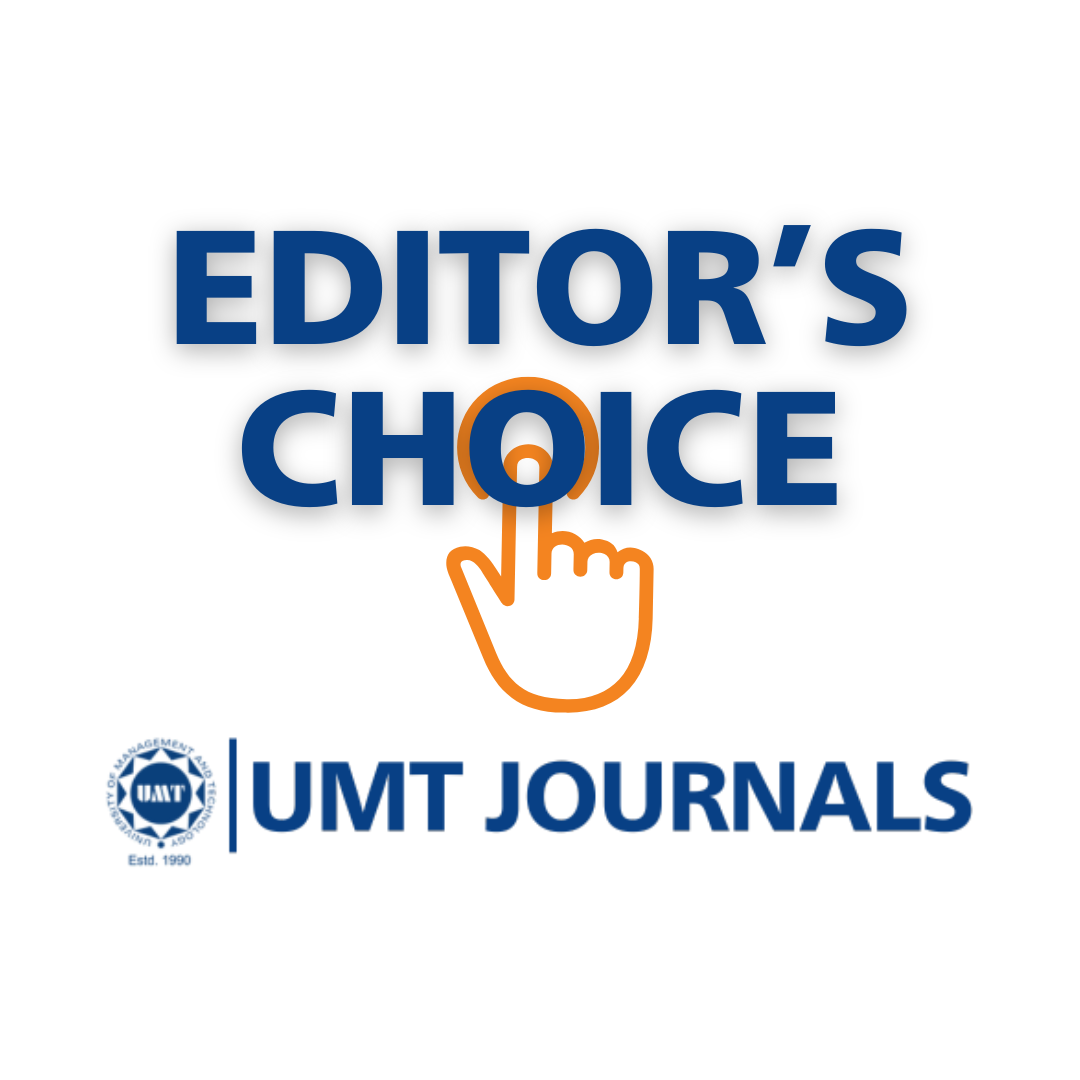Multidrug-Resistant Enteric Bacteria in the Water Sources of Kalgo Metropolis, Nigeria
Abstract
 Abstract Views: 0
Abstract Views: 0
People in rural and impoverished regions are more likely to contract water-related illnesses such as cholera, typhoid fever, bacillary dysentery, and diarrhea because they drink polluted water at home. The main drinking water sources in Kalgo City, Nigeria, were tested for the presence of enteric bacteria. Three water samples were taken from three different locations inside the municipality using sterile procedures in triplicate. After a series of dilutions, the specimens were placed on nutrient agar, and the total number of viable bacteria was determined. Isolation and identification of the intestinal bacteria were carried out using conventional methods. Using the Kirby Bauer disk diffusion technique, the isolates were tested for antibiotic susceptibility. We used millimeters (mm) to measure the inhibitory zones. The water samples yielded the isolation of seven(7) distinct bacterial species. Shigella, Serratia, Klebsiella, Escherichia coli, Proteus, Yersinia, and Salmonella were among the pathogens that were isolated. The two most common types of these bacterial isolates were E. coli (29.63%) and Salmonella spp. (24.93%). Serratia spp. had the lowest frequency at 3.9%. Bacteria including E. coli, Salmonella, Klebsiella, Shigella, and Serratia were shown to be resistant to ampicillin, according to the sensitivity profile. On the other hand, Yersinia spp. demonstrated a moderate degree of susceptibility, whereas Proteus spp. showed a high level. Evidence of multidrug-resistant enteric bacteria in water samples emphasizes the need to evaluate and purify water before using it to enhance its quality.
Downloads
References
Guidelines for drinking-water quality. World Health Organization. https://www.who.int/docs/default-source/food-safety/arsenic/ 9789241549950-eng.pdf?sfvrsn =bad6319a_2. 2017.
National Health and Medical Research Council. Australian drinking water guidelines 6 2011. https://www.nhmrc.gov.au/sites/default/files/documents/reports/aust-drinking-water-guidelines.pdf . 2011.
The world health report 2002: reducing risks, promoting healthy life. Word Health Organization. https://www. who.int/publications/i/item/9241562072. 2002.
Pathak A, Marothi Y, Kekre V, Mahadik K, Macaden R, Lundborg CS. High prevalence of extended-spectrum β-lactamase-producing pathogens: results of a surveillance study in two hospitals in Ujjain, India. Infect Drug Resist. 2012;5:65–73. https://doi.org/10.2147/IDR.S30043
Gu Q, Lin T, Wei X, et al. Prevalence of antimicrobial resistance in a full-scale drinking water treatment plant. J Environ Manage. 2023;344:e118396. https://doi.org/10.1016/j.jenvman.2023.118396
Musa S, Egbere JO, Odu CE, et al. In-vitro inhibitory effect of lactic acid bacteria isolated from Kunun zaki against multi-drug resistant diarrhogenic bacteria in HIV patients in Jos, Nigeria. Microbes Infect Dis. 2023;4(3):1008–1021.
Pedley S, Bartram J, Dufour A, Cotruvo JA, Rees G, eds. Pathogenic Mycobacteria in Water: A Guide to Public Health Consequences, Monitoring and Management. World Health Organization; 2004.
Yusuf I, Yusha’u M, Sharif AA, et al. Detection of metallo betalactamases among gram negative bacterial isolates from Murtala Muhammad Specialist Hospital, Kano and Almadina Hospital Kaduna, Nigeria. Bayero J Pure Appl Sci. 2012;5(2):84–88. https://doi.org /10.4314/bajopas.v5i2.15
Borjac J, Zeino W, Matar A, Khawaja S, Merheb M, Matar R. Prevalence of antibiotic-resistant bacteria in domestic water storage tanks in Sidon, Lebanon. Water. 2023;15(2):e335. https://doi.org/10.3390/w15020335
Yahaya T, Ologe O, Yaro C, et al. Quality and safety assessment of water samples collected from wells in four emirate zones of Kebbi State, Nigeria. Iran Iran J Energy Environ. 2022;13(1):79–86. https://doi.org/ 10.5829/IJEE.2022.13.01.09
Bali P, Minhas N. Isolation and characterization of multi-drug resistant (MDR) and extensively drug resistant (XDR) bacterial pathogens from diverse environmental niches of Shimla, Himachal Pradesh (India). https://doi.org/10.21203/rs.3.rs-2541300/v1. Accessed October 16, 2023.
Umer AA, Hambisa EM. Escherichia coli isolation, prevalence, and multi drug resistance from a poultry farm in Sendafa Town, Central Ethiopia. https://doi.org/10.21203/rs.3.rs-3334808/v1. Accessed October 16, 2023.
Ochiai RL, Acosta CJ, Danovaro-Holliday MC, et al. A study of typhoid fever in five Asian countries: disease burden and implications for controls. Bull World Health Organ. 2008;86(4):260–268.
Bardhan PK, Albert MJ, Alam NH, Faruque SM, Neogi PK, Mahalanabis D. Small bowel and fecal microbiology in children suffering from persistent diarrhea in Bangladesh. J Pediatr Gastroenterol Nutr. 1998;26(1):9–15.
Rahman MM, Rahman MH, Ansary NP. Safety issues of street foods in Bangladesh. Time J Biol Sci Technol. 2014;2(1):21–32.
Yahaya T, Abdulganiyu Y, Gulumbe BH, Oladele E, Anyebe D, Shemishere U. Heavy metals and microorganisms in borehole water around the olusosun dumpsite in Lagos, Nigeria: Occurrence and health risk assessment. Avicenna J Enviro Health Eng. 2022;9(2):69–74. https://doi.org/ 10.34172/ajehe.2022.4213
Ngene AC, Ohaegbu CG, Awom IE, et al. High prevalence of multidrug resistant enterobacteriaceae isolated from wastewater and soil in Jos Metropolis, Plateau State, Nigeria. Afr J Bacteriol Res. 2021;13(2):22–29.
Segura PA, François M, Gagnon C, Sauvé S. Review of the occurrence of anti-infectives in contaminated wastewaters and natural and drinking waters. Environ Health Perspect. 2009;117(5):675–684. https://doi. org/10.1289/ehp.11776
Yahaya TO, Gulumbe BH, Umar AK, et al. Heavy metal content and associated health risks in selected energy drinks sold in Birnin Kebbi, Nigeria. Afr J Health Saf Environ. 2022;3(1):26–34. https://doi.org /10.52417/ajhse.v3i1.197
Cheesbrough M. District Laboratory Practice in Tropical Countries, Part 2. Cambridge University Press; 2005.
Tabor M, Kibret M, Abera B. Bacteriological and physicochemical quality of drinking water and hygiene-sanitation practices of the consumers in Bahir Dar city, Ethiopia. Ethiop J Health Sci. 2011;21(1):19–26. https:// doi.org/10.4314/ejhs.v21i1.69040
Aliero AA, Jega NH, Bagudo AI, Manga SS, Hussaini K. Antibiotics resistance pattern of coliform bacteria isolated from slaughterhouse wastewater in Jega Town, Kebbi State, Nigeria. Borneo J Pharm. 2020;3(3):170–178. https://doi.org /10.33084/bjop.v3i3.1530
Gulumbe BH, Aliyu B, Manga SS. Bacteriological and physicochemical analyses of aliero dam water. Int J Inno Stud Sci Eng Technol. 2016;1(2):30–34.
Ouseph LM. Isolation and charaterization enteric organisms in healthy carriers. J Antimicrob Chemother. 2010;7:e45.
Newman MJ, Frimpong E, Donkor ES, Opintan JA, Asamoah-Adu A. Resistance to antimicrobial drugs in Ghana. Infect Drug Resist. 2011;4:215–220. https://doi.org/ 10.2147/IDR.S21769
Eibach D, Campos CB, Krumkamp R, et al. Extended spectrum beta-lactamase producing Enterobacteriaceae causing bloodstream infections in rural Ghana, 2007–2012. Int J Med Microbiol. 2016;306(4):249–254. https://doi.org/ 10.1016/j.ijmm.2016.05.006
Obeng-Nkrumah N, Twum-Danso K, Krogfelt KA, Newman MJ. High levels of extended-spectrum beta-lactamases in a major teaching hospital in Ghana: the need for regular monitoring and evaluation of antibiotic resistance. Am J Trop Med Hyg. 2013;89(5):960–964. https://doi.org/ 10.4269/ajtmh.12-0642
Katukiza AY, Ronteltap M, Niwagaba CB, Foppen JWA, Kansiime F, Lens PNL. Sustainable sanitation technology options for urban slums. Biotechnol Adv. 2012;30(5):964–978. https://doi.org/10.1016/j.biotechadv.2012.02.007
Tankhiwale SS, Jalgaonkar SV, Ahamad S, Hassani U. Evaluation of extended spectrum beta lactamase in urinary isolates. Indian J Med Res. 2004;120(6):553–556.
Thomas K, Weinbren MJ, Warner M, Woodford N, Livermore D. Activity of mecillinam against ESBL producers in vitro. J Antimicrob Chemother. 2006;57(2):367–368. https://doi.org/ 10.1093/jac/dki451
Sougakoff W, Jarlier V. Comparative potency of mecillinam and other β-lactam antibiotics against Escherichia coli strains producing different β-lactamases. J Antimicrob Chemother. 2000;46(suppl_1):9–14. https://doi. org/10.1093/jac/46.suppl_1.9
Manjula AV, Shankar GK, Sharada M. Bacteriological analysis of drinking water samples. J Biosci Tech. 2011;2(1):220–222.

Copyright (c) 2023 Abubakar Maidamma, Usman Umar Liman, Tirmizhi Munkaila, Bashar Haruna Gulumbe, Junaidu Abubakar, Uzairu Aminu

This work is licensed under a Creative Commons Attribution 4.0 International License.
BSR follows an open-access publishing policy and full text of all published articles is available free, immediately upon publication of an issue. The journal’s contents are published and distributed under the terms of the Creative Commons Attribution 4.0 International (CC-BY 4.0) license. Thus, the work submitted to the journal implies that it is original, unpublished work of the authors (neither published previously nor accepted/under consideration for publication elsewhere). On acceptance of a manuscript for publication, a corresponding author on the behalf of all co-authors of the manuscript will sign and submit a completed the Copyright and Author Consent Form.









